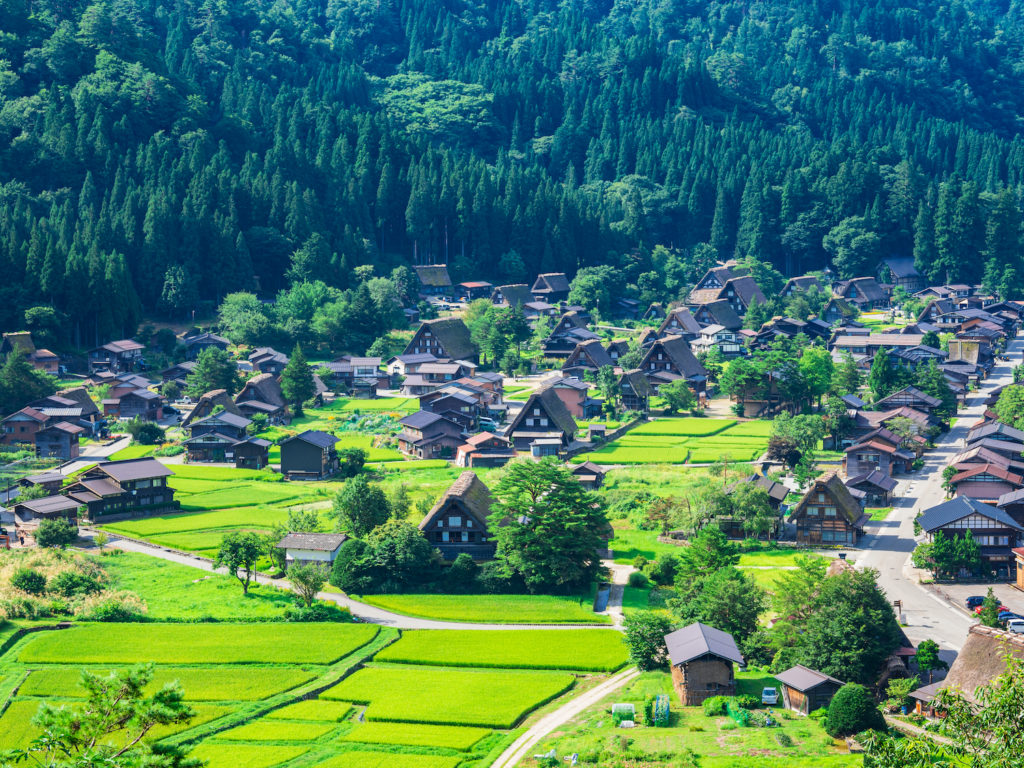
Satoyama is Japanese Mindscape of nature. Everyone has its own Mindscape of their hometown and we could say most of the people come from rural area share the similar Mindscape. It is not just forest which is dark and a thing to be afraid, but Satoyama is the place we call home. Let’s take a look at how we dealt with Satoyama in history and now.
What is Satoyama?
It is a combination of mountain or forest and in the vicinity of the populated area.
People have been using them as the resource for their lives. Miyama, on the contrary, is the mountain and a remote forest where people cannot access easily.
It supported people’s lives in many dimensions. Mowed grasses, dead leaves were turned into quality organic fertilizer.
Also, brushwood and firewood from them warmed homes and the ashes of them were used as inorganic fertilizer.
Brief History of Satoyama
Satoyama used to be a virgin forest until people began to settle down. It’s considered people started using resources from the forest back in Jomon period (14,000 – 600 B.C.E.).
After they began cultivating a virgin forest, it became to be called “Satoyama”. It is an ecology which would not exist without human intervention.
People began planting varieties of trees which they can make great use out of it. Therefore, it has been changing its dominant trees and functions with the times.
The forest in Japan has been experienced many changes in many phases, it has the rich vegetation.
People benefit from using them; the changes of them show the changes of industry and population, society and culture as the time passed.
Culture Booster – Satoyama
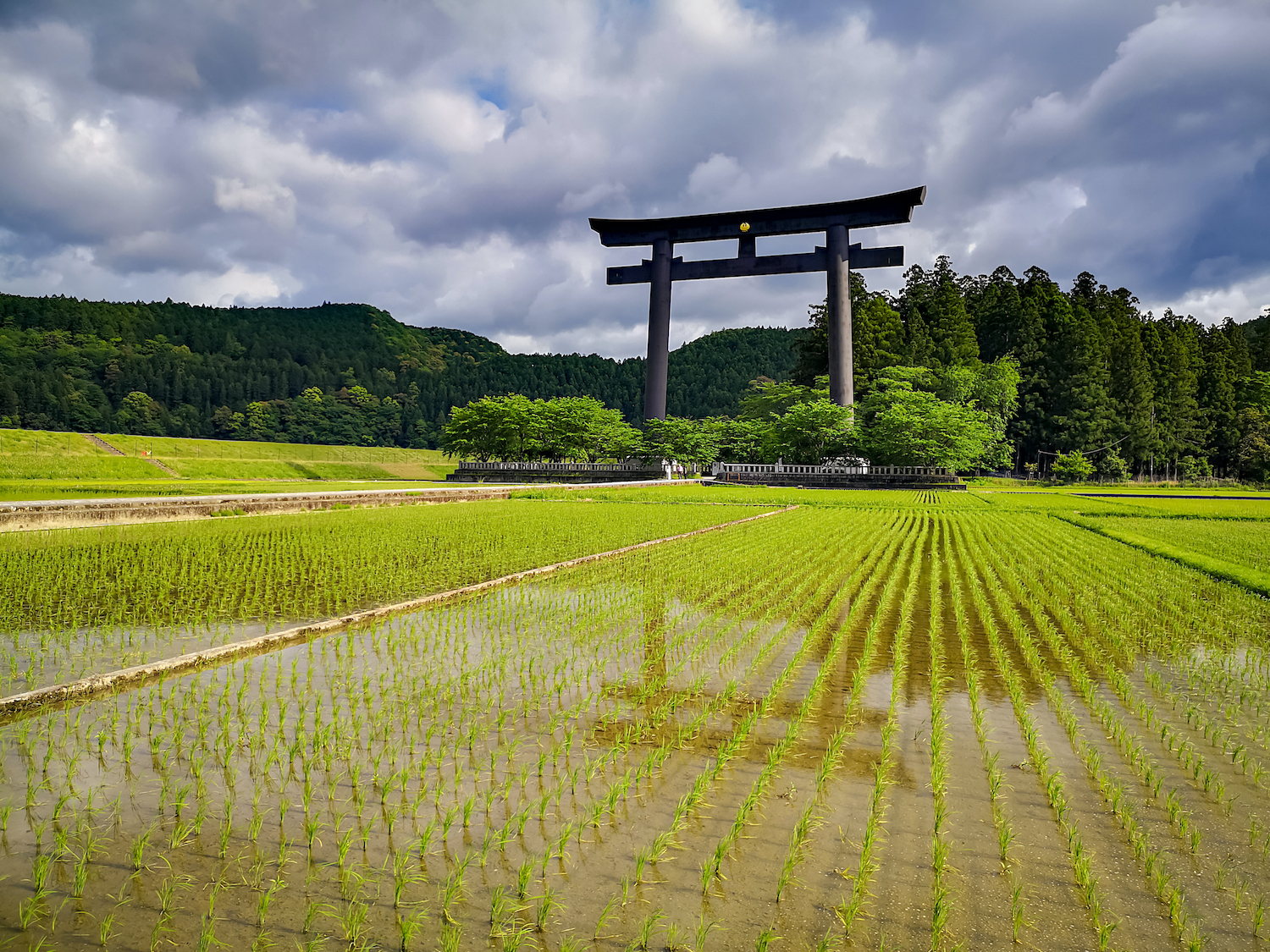
There are similar landscapes of Satoyama in England and Philippine.
In comparison, between Satoyama landscape and the similar one in England; there are differences in elements and the use of the land, management of local resource since rice-growing culture and stockbreeding culture make the different landscape.
Even with the same rice-growing culture, such as that of Philippine, different natural environment and different cultural aspects such as belief, annual events, and different traditions form each unique forest in the vicinity of the populated area in each country.
In Satoyama, you often have a chance to find rice terraces, houses with roofs made of the bamboo leaf, and Shinto shrines.
A small shrine at the center of the rice field is often surrounded by large trees such as Hackleberry, used to be a spot to pray for safety in working in the mountains and there are a lot of stories that have been told not to cut trees down unreasonably.
Possibilities of Satoyama
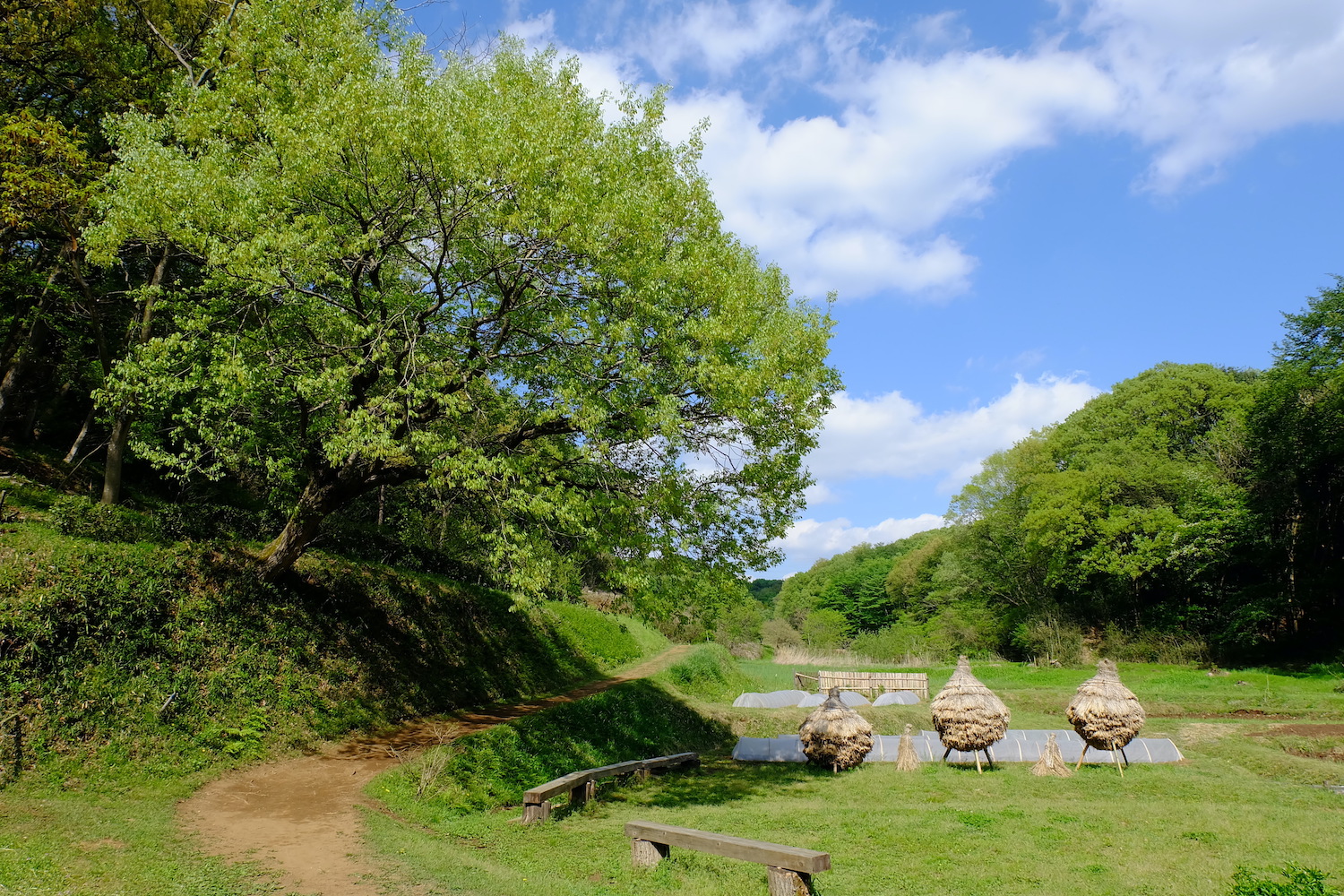
It has ample possibilities to offer such as wood-based biomass for the alternative energy source, a role of the green dam, etc…
Giant eagle is one of the indicators if they keep its rich diversity since it is said to be one of the top animals of the food-chain of them which needs varieties of plants, insects, and animals.
Fireflies are another indicator of them whether people maintain it in a good balance.
Fireflies can’t live in the environment where is too clean. They prefer little impurified water.
It’s easier for people to access Satoyama than a mountain or untouched forest which is called Miyama and it provides an ample benefit for those who visit.
Clean air, silent environment works as a natural therapy for weary souls.
Satoyama as System
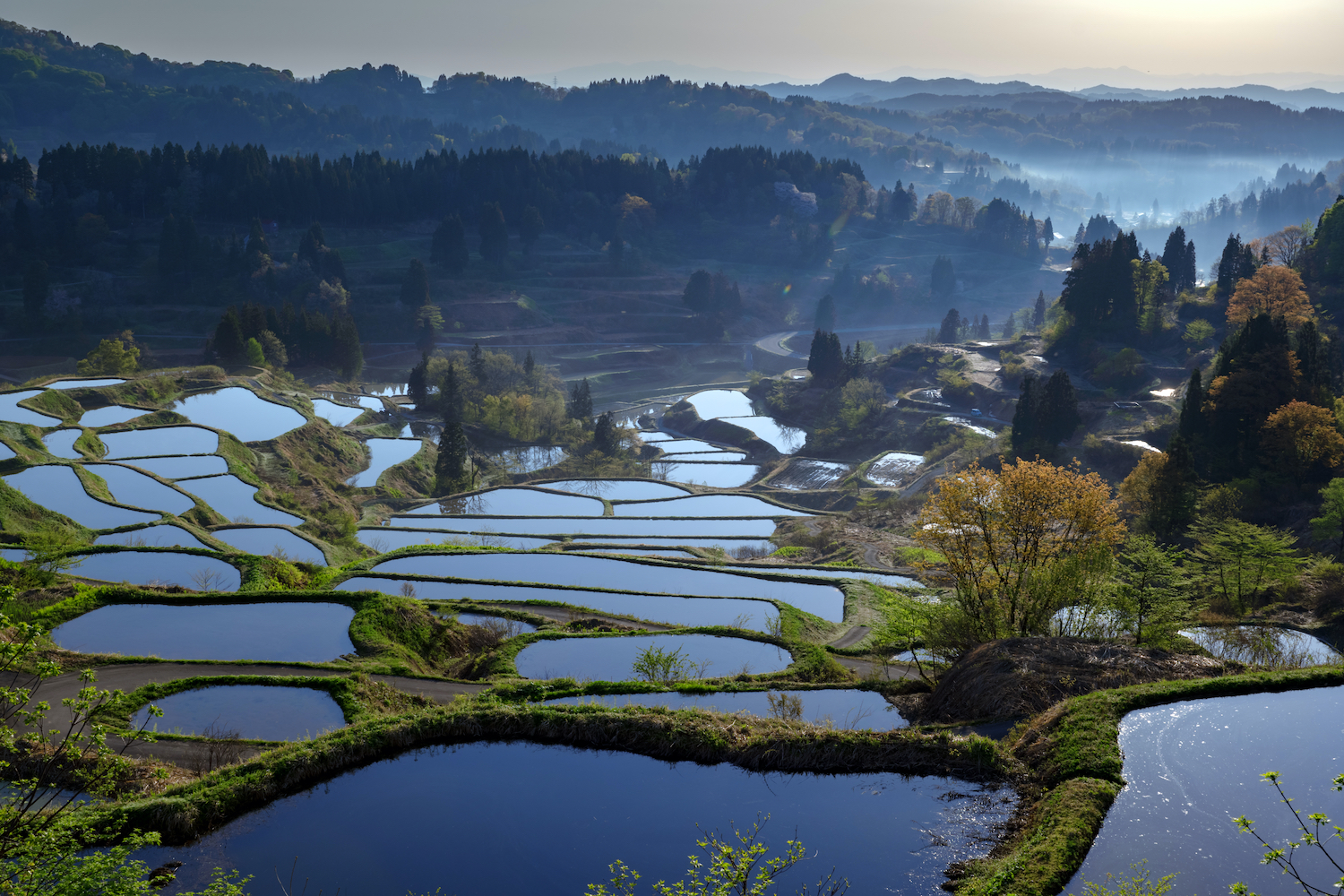
If you just take a look at Satoyama, it’s a nice landscape. That’s it. However, as we’ve seen above, it plays a lot of roles, crucial ones in people’s lives.
Originally they and people cannot be divided into two, but both of them have been influenced each other through the changes of the time.
The urgent problem with them is a lot of them were abandoned due to the decreasing number of caretakers and the change of the people’s lifestyles.
Abandoned them is destined to be altered into the next phase.
In the transition, a number of grasses on the ground drops, the amount of the broadleaf evergreen trees rises, so the forest loses its light and the diversity of the forest drops significantly.
We need more caretakers to maintain them productive and clean with understanding and the actual benefit of taking care and making use of each Satoyama.
It is not just for eye-pleasing quality, but can be a booster and an engine for the local economy as we have seen.
Its potential is limitless as long as we combine and use the accumulated wisdom from the ancestors and the understanding of each local community’s needs and situations.


References
日本の森の歴史 (watashinomori.jp)
国際的な視野からみた日本の里山の意義 (www.ffpri.affrc.go.jp)
現代の里山における問題と可能性 (www.ccn.yamanashi.ac.jp)
Related Article
Japanese Tea House: Architecture of Ultimate Spiritual World


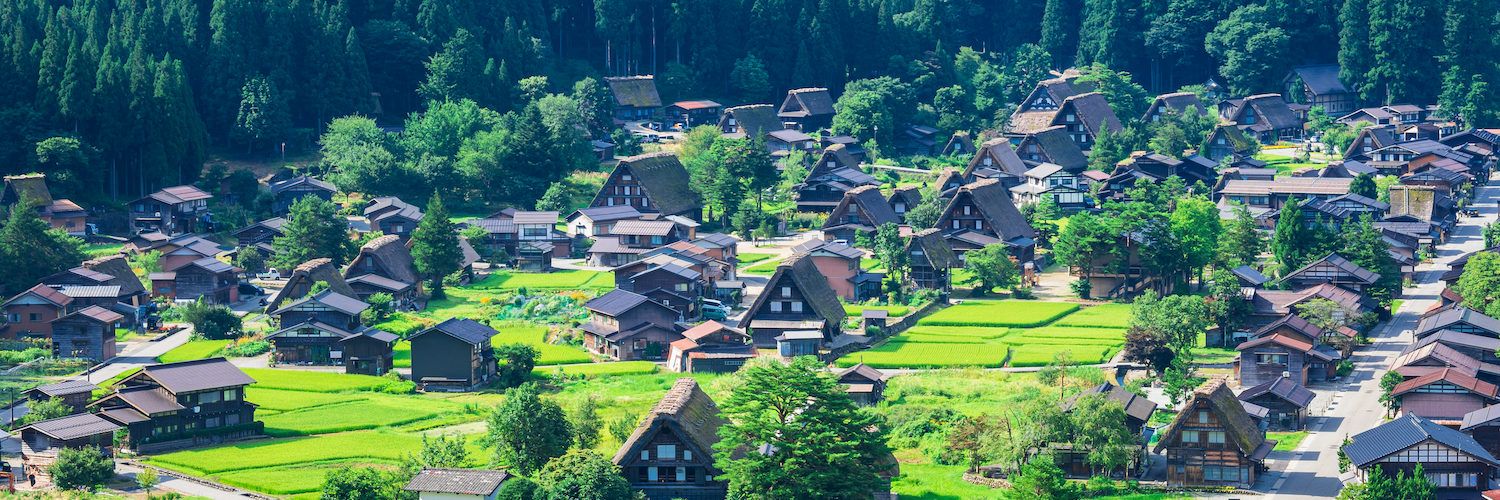
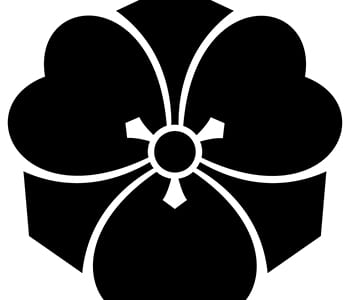
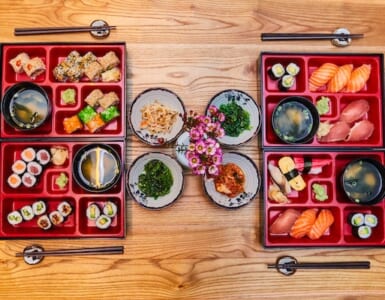
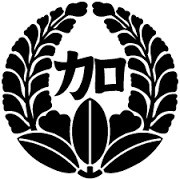


Add comment